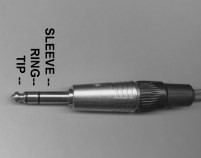| XLR CONNECTOR:
|
| Probably the most common professional audio
connector is the 3-pin XLR connector. These are often
referred as Cannon connectors, after their original
manufacturer; even though today they are also made by
Switchcraft, Neutrik and others. |

CANNON
|
|
SWITCHCRAFT
|

NEUTRIK
|
3-pin
XLR connectors are used for balanced, analogue
audio circuits -- both microphone and line level.
Clearcom "party-line" intercoms use 3-pin XLRs for
interconnection between belt-packs.
3-pin
XLR connectors are also used for AES/EBU
professional digital audio interconnections.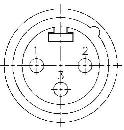
Pin
1 is the ground pin and protrudes past Pins 2 and 3 in
the female connector so that when inserting the male;
the ground makes contact first. This helps to avoid
annoying buzzes and pops when connecting live
equipment.
Recently,
the AES (Audio Engineering Society) standardised the
pin-out of the 3-pin XLR connector, specifying that
Pin 2 should carry the "HOT" or "in-phase" signal and
Pin 3 the "LOW".
|
4-pin
XLR connectors are used for the headset on
Clearcom intercoms.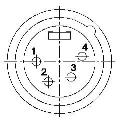
|
5-pin
XLRs are also used for stereo or 2-channel
analogue audio interconnections. 5 and 7 pin XLRs
are used to interconnect control signals for various
pieces of lighting equipment (AMX and DMX).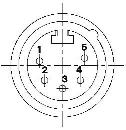
|
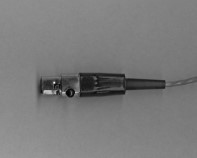
|
A Mini,
4-pin version of the XLR is used as the input
connector on wireless microphone body packs.
|










